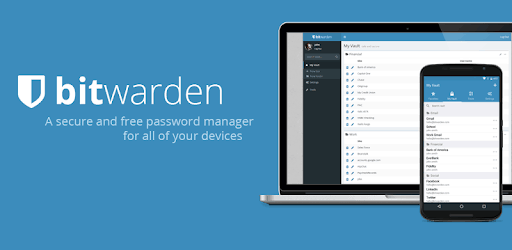

Now transfer key.pem and fullchain.pem files to the ssl directory.


Now go back to the server and create a directory within your home directory mkdir -p ~/bitwarden_rs/ssl Now again, copy the generated private key and create a new text file and paste the code. Now copy the generated key and create a new text file and paste the code. Now create certificate and key for the domain: Please go to SSL/TLS tab and click Origin Server. If you use cloudflare & wanted to use cloudflare’s free SSL, please follow the below steps in order to generate certificate and private key. However, you can use Let’s encrypt’s free SSL also. In my case, I am using cloudflare to do that job We will setup a dns record to our domain so that we can visit bitwarden_rs admin panel like this: įirst, please create a subdomain/domain which points to your server’s IP address. Sudo chmod +x /usr/local/bin/docker-compose Sudo curl -L "$(uname -s)-$(uname -m)" -o /usr/local/bin/docker-compose So if you don’t have docker & docker-compose installed in your server, please install those first. Setting up docker & docker-composeīitwarden_rs needs docker in order to run.

You can follow the same procedure to any server. In this tutorial we will setup bitwarden_rs to google’s always free tier instance running Debian 10. However, bitwarden_rs needs only 10MB ram and it doesn’t need much cpu usage! More info in reddit. The official self hosted bitwarden package needs minimum 2 GB ram in order to operate. īitwarden_rs is an unofficial project of bitwarden which is written in Rust. By using bitwarden_rs, you can store all your secret info (password, note, two-factor authentication, credit card info) to your own server, even in your tiny raspberry pi. There are a lot of password management solutions out there but to me, it is always a good idea to manage passwords on-premises.


 0 kommentar(er)
0 kommentar(er)
